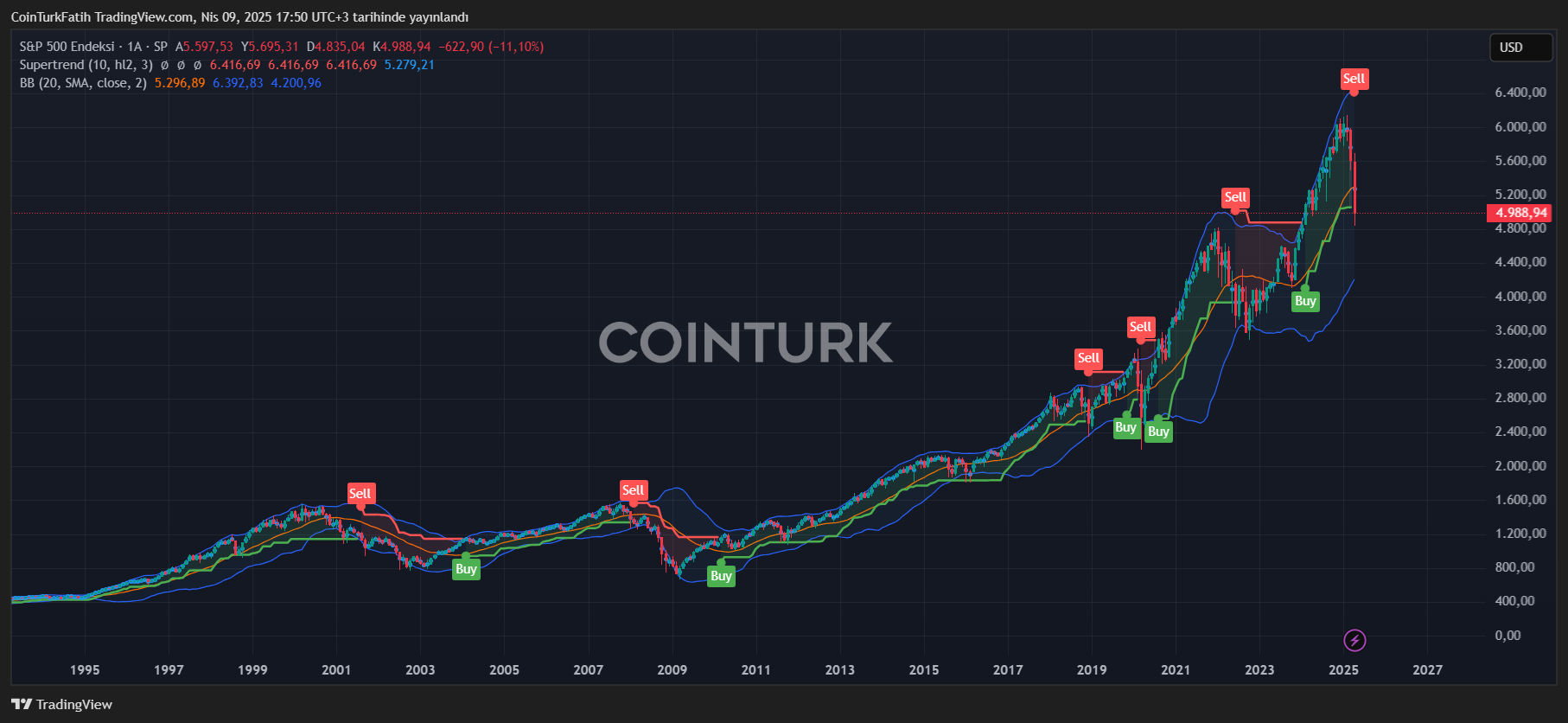With the advent of Trump’s presidency, the U.S., EU, China, and over 150 countries find themselves in the midst of a significant crisis. While the cryptocurrency markets have seen some fluctuations, these have primarily been short-lived spikes followed by persistent declines. This article delves into the lessons learned from past economic crises and outlines actionable steps for the present.
Understanding Economic Crises
The dot-com bubble, the 2008 financial crisis, and the COVID-19 collapse are often identified as the three major crises of the new century. A fourth crisis is now emerging, tentatively termed the “tariff crisis,” characterized by unprecedented tariffs threatening to destabilize global markets and trade structures. This period is marked by an aggressive attempt to restructure the global economy.
For those born in the 1990s, discussions regarding “the impact of globalization” have been a constant backdrop throughout their lives. Today, we witness a retreat from globalization, with nations potentially shifting towards smaller, localized markets amidst the turmoil.
Economic crises fundamentally stem from inflated prices and the bursting of bubbles. There are always underlying reasons for these phenomena, and the current economic landscape is no different. Since Trump’s inauguration, the stock market has experienced a staggering $10 trillion loss, largely attributed to overvaluation, analogous to a deflating bubble. This financial scenario needs to be contextualized for proper understanding.
Assessing Value in the Current Climate
It is crucial to differentiate between what constitutes expensive or cheap assets in these turbulent times. For example, U.S. stock market investors should scrutinize potential investments and make predictions regarding price-to-earnings ratios. Although current prices may seem attractive compared to past earnings forecasts, declining profitability during a recession could render stocks expensive even at today’s rates.

Many indicators do not yet signal that the SP500 is cheap. Just because certain stocks have not reached attractive buying levels does not imply that overall market conditions indicate a bargain. Historical examples show dramatic market drops, such as the 57% decline in 2008, a 33% drop in 2020, and a 25% decline due to rapid interest rate hikes in 2022. This suggests the necessity for a realistic perspective on market recovery.
Current losses appear more pronounced in dollar terms, disrupting global balances. Figures like Trump and Powell face mounting pressure, and prominent business figures have started to voice their frustrations. The reactions from wealthy individuals and corporations could ultimately compel these leaders to act decisively.
Conclusion
We are still in the early stages of this unnamed crisis. Expect greater fluctuations to occur, with the reality of hitting new lows becoming more apparent. Whether in cryptocurrencies or stocks, it’s vital to seek investment opportunities that align with long-term goals. As the dust settles, assets believed to have long-term value will likely yield significant returns. Planning your buying strategies, targets, and cash flow is crucial to avoid regrets later on. The current state of reciprocal retaliations between China and the U.S., compounded by the EU’s involvement, suggests that lasting repercussions will continue for weeks to come.

 Türkçe
Türkçe Español
Español










